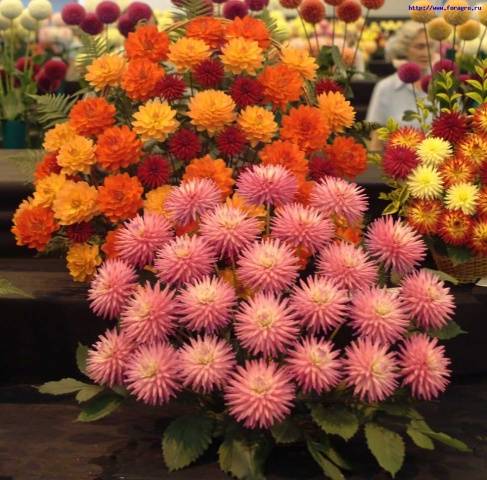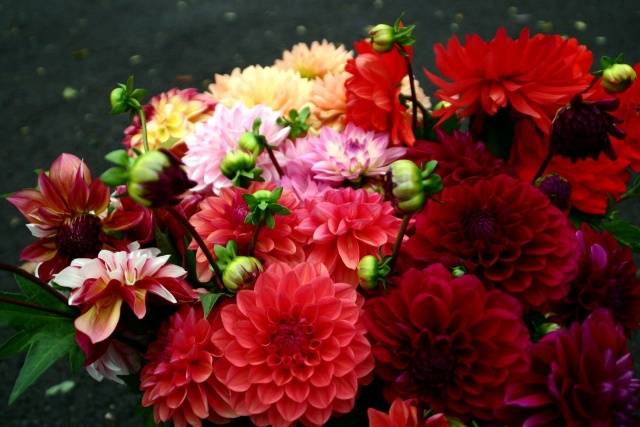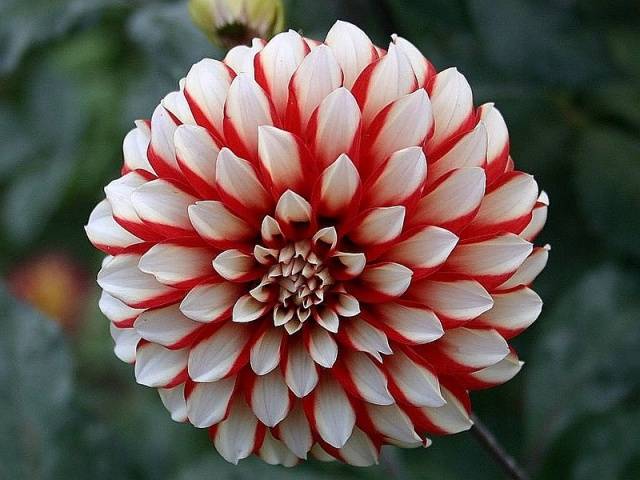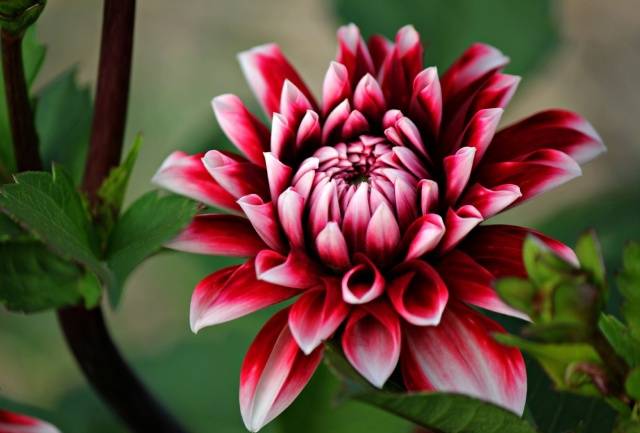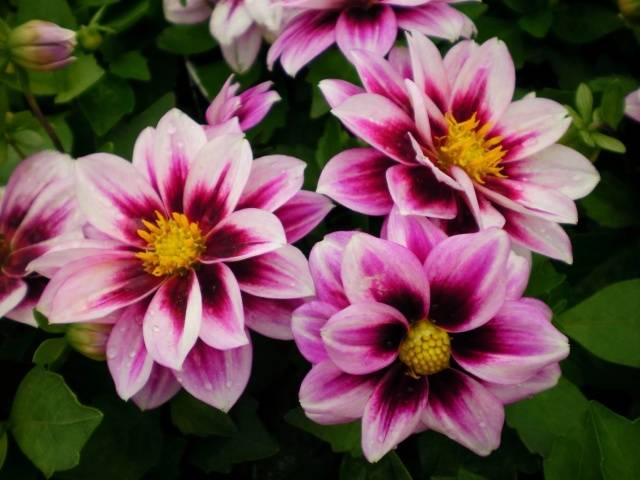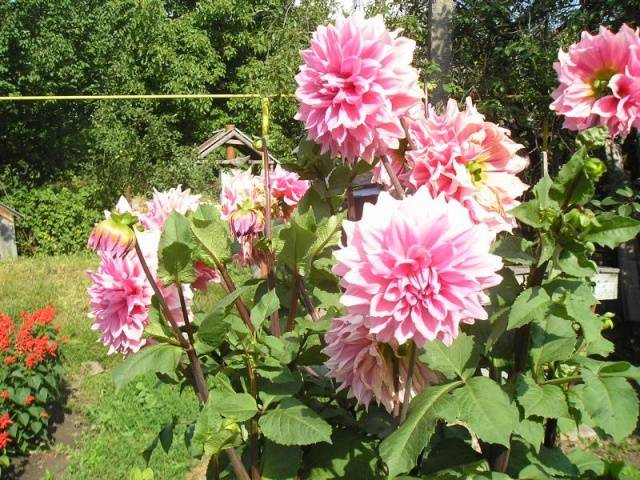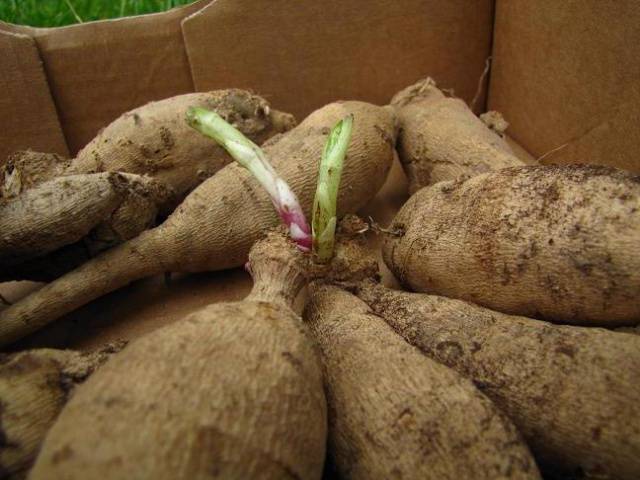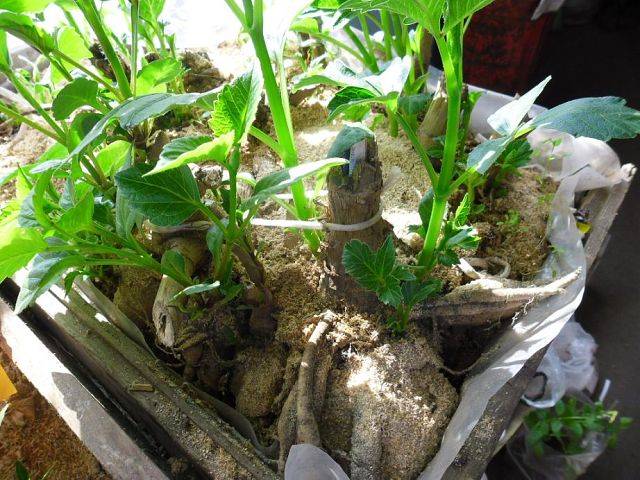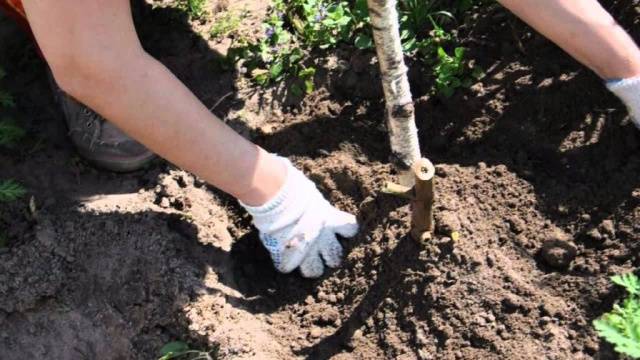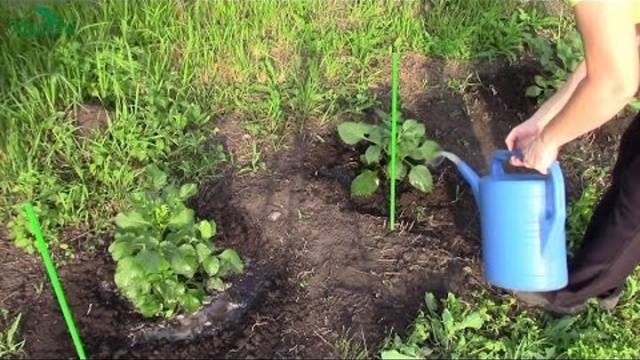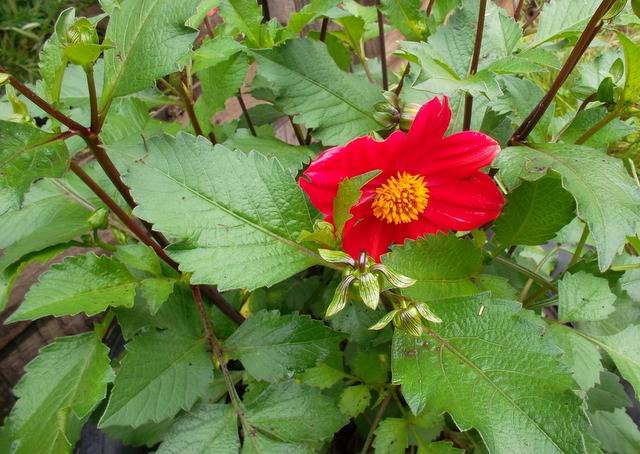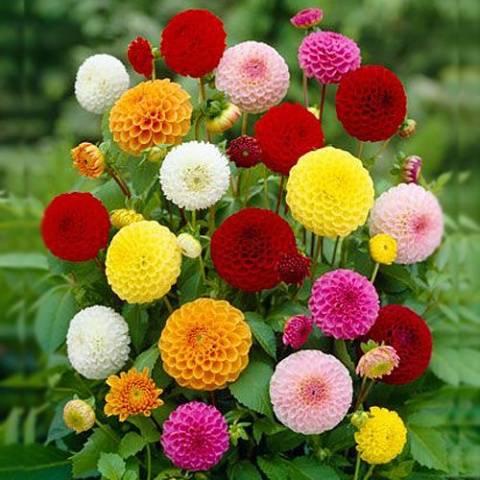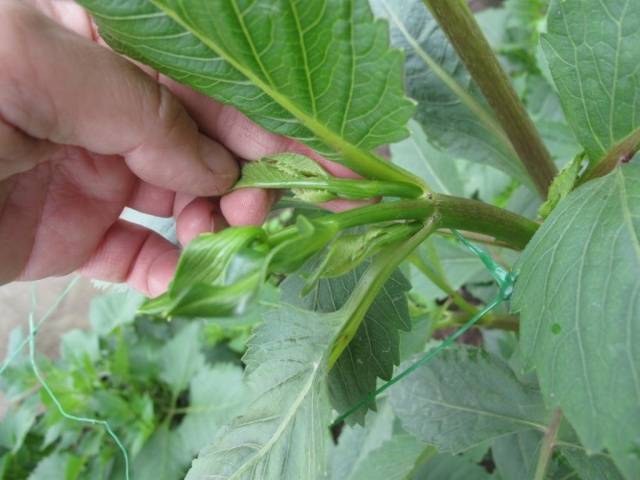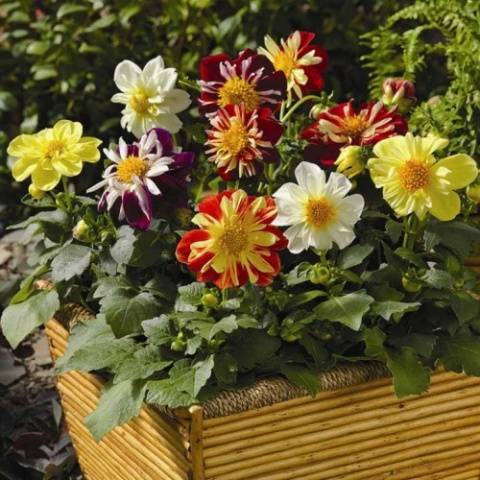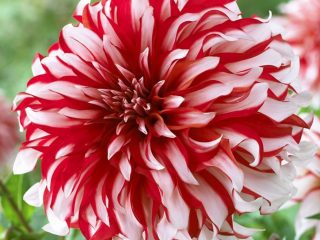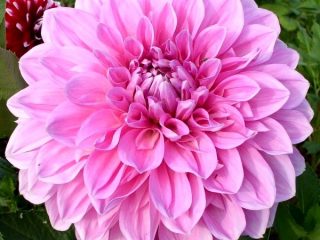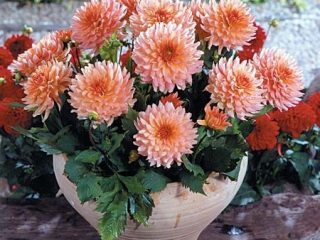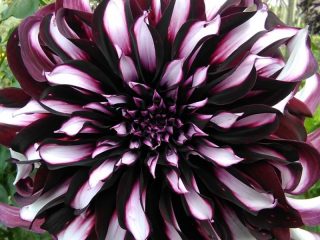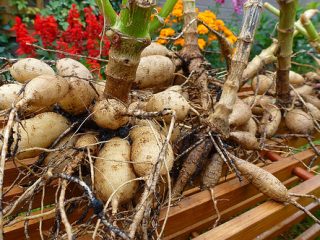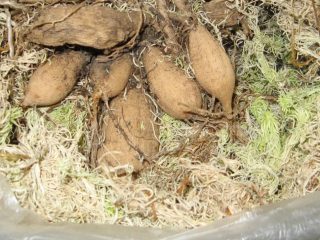Content
The most famous legend about dahlias tells that this flower appeared on the site of the last fire, which died out with the onset of the Ice Age. He was the first to appear at its end, symbolizing the victory of life over death. A very beautiful legend, and a suitable flower. It is interesting that only here these plants are called dahlias; the rest of the world knows them under the Latin name “Dahlia”. Perennial dahlias today number more than 15,000 varieties, which can be very small with a flower with a diameter of about 3 cm and a height of 20 cm, or they can be giants, exceeding one and a half meters in height and with an inflorescence more than 25 cm.
Many people are afraid to grow perennial dahlias; planting and care seem too complicated to them, despite the beauty of the plant. They are not entirely right; some difficulties in growing this flower are more than compensated by the duration of flowering, the beauty and variety of inflorescences. And if everything is done correctly, then storing and sprouting dahlias will not seem too troublesome.
This article is dedicated to landing and care of perennial dahlias. Photos and videos will help you better understand the subject of our publication.
General information about dahlias
Dahlias are very beautiful perennial flowers. With proper care, each variety can stay with us indefinitely, every year, giving birth to a large number of new plants.
Plant structure
Dahlia is a root-tuberous plant, it consists of:
- A thick hollow stem that can reach a height of 20 cm to 1.5 m or more. It is quite strong, but the weight of the flowers and strong winds can break it.
- Inflorescences are baskets, the diameter of which ranges from 3 cm in midget dahlias to 25 cm and more in tall varieties. It consists of marginal reed flowers, which have a wide variety of colors, and internal tubular flowers, most often yellow. Depending on the variety, the inflorescence may consist only of marginal flowers or have modified tubular ones.
- The root system of the dahlia is represented by root tubers or root cones, which are actually thickened modified roots.
- The root collar located directly above the tubers. It is from this that dahlia stems grow. It is very important for the flower; during autumn digging, it cannot be cut off, since when the root collar is removed, the entire plant dies.
Life cycle of dahlia
Only dahlias grown from seeds or cuttings behave like ordinary plants, and even then only in the first year of life.As they grow, they form a small tuber, which can be dug up for the winter and stored for storage, like large tubers of adult plants, and then they will need to be cared for, like other flowers grown from a tuber.
With the beginning of the growing season, dahlias first develop root tubers. Growth processes begin in them, first buds and then shoots appear on the root collar. They do not have to be germinated, but can be planted directly into the ground with the onset of consistently warm weather. But flowering will then begin late, perhaps only at the end of August.
After planting, dahlias grow, bloom, form seeds, and after the first frost the green mass dies and they urgently need to be dug up, cleaned, trimmed, preserving the root collar and sent to rest. It is best to store tubers at a temperature of 5-8 degrees.
With the onset of spring, under the influence of heat and light, the root cones wake up, and everything starts all over again.
What do dahlias like?
What do dahlias like? We need to know this in order to grow the best flowers possible without losing tubers that will give birth to new flowers next season.
- Dahlias love warmth. They cannot tolerate the slightest frost and do not winter here even in the southernmost regions.
- Dahlias love light. They may be able to grow in poor light, but the stems will be elongated, pale, the flowers will be scanty, small and poorly colored, and the tubers will be small, weak, and may well not survive the winter.
- They need moderately fertile soils that are water- and moisture-permeable.. The flower will grow everywhere except in wetlands, but you will get the best results on light loams or well-fertilized sandy soils.
- Dahlia bushes should be well ventilated. This does not mean that we should plant flowers in a windswept location. On the contrary, dahlias need to be protected from the wind. When planting, you just need to take into account the future habit of the bush and not plant them too close to each other.
- Dahlias require moderate watering. Watering should be sufficient, but not excessive. Here you need to get used to it. We will talk about the intricacies of irrigation on different soils below.
What dahlias don't like
Although dahlias are considered very forgiving flowers, there are some things that they will not tolerate.
- First of all, this is non-compliance with wintering conditions. A dahlia can tolerate large deviations from ideal conditions, but leaving it in the ground, even under the most beautiful cover, or planting it in a pot, placing it on a windowsill and continuing to water it, is impossible - the only result we will get is the death of the flower.
- As we have already written, a dahlia will not grow without light. And if it does, it won’t be for very long.
- It is strictly forbidden to overwater the plant. Its main organ is the root tuber; if it rots, the flower will die.
- The plant does not like fresh manure and increased doses of nitrogen fertilizers.
- You should not plant dahlias in places where there is often strong wind, and even without a garter.
Germination and planting of dahlias
I was completely devoted to the germination of dahlias article on our website
Planting in soil and containers
But it won’t be superfluous to repeat the main steps.
Sprouting dahlias
Approximately 2-3 weeks before planting the tubers, they are brought into a warm room, having first been allowed to settle for a couple of days where the temperature is higher than in the storage place, but lower than in the house. Then for successful germination you need to do the following:
- If the tubers were not cleared of soil in the fall, wash them.
- Remove all rotten and damaged areas.
- Disinfect the tubers by placing them in a weak solution of potassium permanganate for 30 minutes.
- Powder the cut areas with crushed activated carbon and let them dry.
- Place the dahlia nests in any loose, moist substrate, placing the root collar on top.
- Sprinkle the tubers with moist soil so that they do not lose moisture.
- Place the boxes in a bright place with a temperature of about 20 degrees.
- Water moderately, avoiding overwatering.
- When the buds swell or the first shoots appear, divide the dahlias (you can do this every 2-3 years).
- Return the tubers to the soil.
- After the sprouts appear, it is advisable to reduce the temperature to 15-16 degrees.
If you are going to propagate flowers by cuttings, remove the tubers from storage a month and a half earlier, and when the sprouts reach 6-10 cm, break them off with a “heel” or cut them out with a piece of the root neck, and plant them in pots.
Planting dahlias in the ground
When the threat of spring frosts has passed and the soil has warmed up, the flowers can be planted in flower beds. They can be planted in containers earlier, but they must remain indoors until the weather warms up.
It is better to start preparing the soil for planting dahlias in the fall - dig up the soil with the bayonet of a shovel.If necessary, add well-rotted humus or mature compost. In excessively dense soils, add sand or peat for digging, in acidic ones - lime or dolomite flour, in excessively alkaline soils - acidic (high-moor) peat.
- Dig holes three times the size of the dahlia nests being planted, plus 7-10 cm in depth for adding fertilizer and deepening the root collar.
- For low-growing varieties, the distance between holes should be 50-60 cm, for tall dahlias - 80-90 cm.
- Too dense soils require additional drainage - add a shovel of crushed stone or gravel to the bottom of the planting hole.
- Add bulk humus, sand and fertilizers, mix with soil.
- For tall flowers, install a support immediately.
- Place the dahlia tubers in the planting holes and cover them with soil, deepening the bark neck by 2-3 cm; for very tall flowers, the depth may be a little larger.
- Water each plant well with warm water.
- Mulch the planting.
Caring for dahlias in the open ground
We can assume that after we planted dahlias in the ground, the main difficulties are over. But only if we don’t make any more mistakes. Of course, dahlias are unpretentious, but this does not mean that you need to care for them haphazardly.
Watering
Dahlias need to be watered so that they have enough moisture, but the water in the tubers does not stagnate, because this can cause them to rot. The quality of our soils is of great importance when watering. Here are a few simple rules that will help us water dahlias correctly:
- Too dense, poorly drained soils retain moisture well. With frequent watering, as in rainy summers, there is a danger of tubers rotting.
- Light suspended soils need to be watered more often and more abundantly.
- Try not to pour water on the leaves - they may rot.
- Water dahlias only early in the morning or after sunset.
Top dressing
When talking about feeding dahlias, it is often advised not to give them nitrogen fertilizers. This is incorrect, since nitrogen is the building material for all parts of the plant. You just don’t need to get carried away with it - excess nitrogen will cause an increase in green mass to the detriment of flowering, and the tuber will also be weak.
The first feeding of dahlias is done no earlier than 10 days after planting in the ground, and the nitrogen content should be increased. Then the dahlias are fertilized every two weeks with complex mineral fertilizers. You can alternate them with organic ones - mullein infusion or green fertilizers, but remember that such fertilizers have a high nitrogen content. By mid-August, nitrogen-containing fertilizing is stopped.
Dahlias in autumn It would be very good to give at least two phosphorus-potassium supplements. For a long time, we used potassium monophosphate for such purposes, but now other fertilizers that do not contain nitrogen have appeared on the market.
They respond very well dahlias for feeding wood ash. You can simply scatter it between the bushes on the ground - it will also serve as protection for flowers from pests.
Strictly speaking, you don’t have to feed dahlias at all, but then you won’t get beautiful inflorescences and full-fledged tubers.
Weeding
It is better to weed dahlias by hand - we do not know where the growth of new tubers will be directed and glanders can damage them. Better yet, immediately after planting, mulch the dahlias with peat, straw or pine needles.
Pinching and pinching
Let us say right away that low-growing varieties do not need pinching or pinching. You don’t have to do this with tall flowers, but then the bushes will be ugly, and the flowers will not be as large as they could be. In addition, those tall plants that were planted from the very beginning bloom earlier.
Carefully break out all the side shoots growing up to the fourth pair of leaves. Main escape pinch it is necessary above the fourth or fifth pair of leaves, all lateral ones - above the second or third.
If you grow flowers for cutting, regularly trim off the “extra” flowers, so the rest will be larger. But perhaps you like a bush covered in flowers, albeit smaller ones. Try doing both, and then decide what exactly you want from blooming dahlias.
When the flower fades and you are not going to collect the seeds, it needs to be removed. Some gardeners do not even wait for it to wilt - they remove the flower when it is fully open.
Watch a short video about caring for dahlias in the open ground:
Features of caring for container dahlias
In general, caring for container dahlias is the same as in open ground. You just need to monitor watering; most likely, you will have to do it more often.Fertilize more carefully; if you overdo it with fertilizers in open ground, they will partially go into the ground, but in the container they have nowhere to go, and every extra gram will go to the plant.
Another good thing about container dahlias is that during the first frost, which sometimes hits, and then warm weather sets in again, they can be brought indoors and then put outside again. Sometimes it is enough to cover them with agrofibre.
Conclusion
As you can see, dahlias are much easier to care for than, say, roses. But the most important thing for this flower, as for all others, is your love. Flowers feel how you treat them and respond to your care and tender feelings with long and lush blooms.
